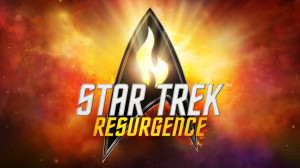Broken Age at 10: A milestone for gaming
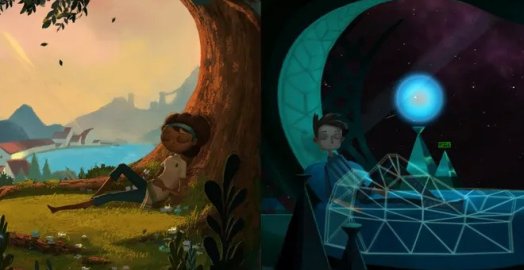
Adventure games are unquestionably a big deal all around. It’s long been the case that cinematic adventures have been popular, especially since Telltale Games first appeared and began sweeping up licenses for massive franchises. However, the traditional point-and-click style of games spent years in the wilderness, Grim Fandango’s commercially underwhelming release in 1998 marking the end of an era. However, the modern age has Monkey Island back and in form, a succession of Broken Sword sequels and remasters, and even an acclaimed fourth Syberia. It’s an apt time to look back at Broken Age, then, a game which released its first act ten years ago – and which undoubtedly played a big part in its genre’s revival.
Broken Age cannot be divorced from its Kickstarter origins. Some of its development team at Double Fine recently chatted with Game Informer to reflect on the Kickstarter’s launch, and even they were very much focused on that part of the process rather than the end result. It’s understandable given that they had been making an enormous leap, and one that led to an enormous response. Asking gamers to support the creation of an old-school adventure seemed like something that may not have gone anywhere in 2012. Game Director Tim Schafer was already a major name in adventuring history, and Double Fine had created a couple of cult classics like Psychonauts. Still, the point-and-click genre had seemed “dead” to many gamers for over a decade. It knocked the developers and the wider industry back, then, when gamers shelled out a total of around $3.5 million dollars during Broken Age's Kickstarter campaign.
But what has also lingered around Broken Age is some of the negativity from gamers, which for a vocal minority has curdled into bitter resentment towards figures like Schafer. Some criticism is understandable given that the project isn’t consistently entertaining, and sometimes lacks the scale of its predecessors. However, it’s also deeply one-sided criticism that ignores the many wonderful aspects of Broken Age, from its timeless visuals to expectedly grin-inducing writing, especially given that its budget wasn’t even a tenth of that of its contemporary blockbusters. It’s a game that has been created with passion that shines through almost constantly. That passion has also given an enormous, much-needed boost to a genre that backers were clearly hoping to resurrect.
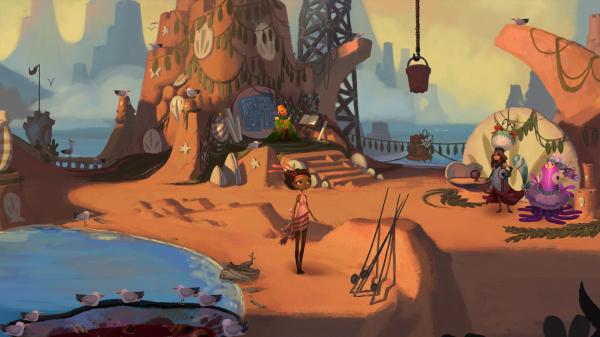
It’s fantastic that point-and-click adventures are once more an important part of gaming conversation, not just for the ardent fans here but for players whose attentions might normally be elsewhere. Gamers of a certain vintage will have grown up with adventures, from text-based products to LucasArt’s forays into three dimensions, but many people coming of age today won’t have been born when LucasArts released its last game. The success of Broken Age hasn’t just allowed room for long overdue sequels but has prompted the remastering of classics like Full Throttle and Grim Fandango. Such classic titles are no longer museum pieces to be sought out by the nostalgic or curious but are more widely accessible than ever to various gamers across different devices.
This is not just a reflection on the impact of Broken Age, though, but an appreciation of a genuinely good game. Indeed, amidst all the drama around whether or not it delivered on its early promises, there has been plenty of critical appreciation. It’s a shame that there was so much pressure during its development: proving crowdfunding’s potential, resurrecting a beloved genre, and living up to Tim Schafer’s legacy. Indeed, the last was perhaps the greatest challenge, given that his work – from The Secret of Monkey Island to the aforementioned Grim Fandango – is era-defining for many people. It’s unfair to burden Broken Age with all that weight since it has so much to offer on its own terms. Ambition is threaded through the whole game, and the execution is perhaps even more impressive a decade from the initial release.
2024 shows the story as more relevant than ever in its exploration of worlds where adults are willingly closed off to reality and young people are left desperate to assert themselves. It’s focused on two playable teenagers: a girl called Vella who lives in a fantasy world where teen girls must ritually sacrifice themselves to a roaming monster, and a boy called Shay who is alone on a spaceship (apart from AI and robots) and is forced to live a sterile, risk-averse life. These struggles are similar to our world where society can seem willing to let future generations suffer, whilst at the same time reducing their choices with helicopter parenting and nannying government. The fantastical framing of their tales allows for serious messages to be explored without gamers being left browbeaten or depressed.
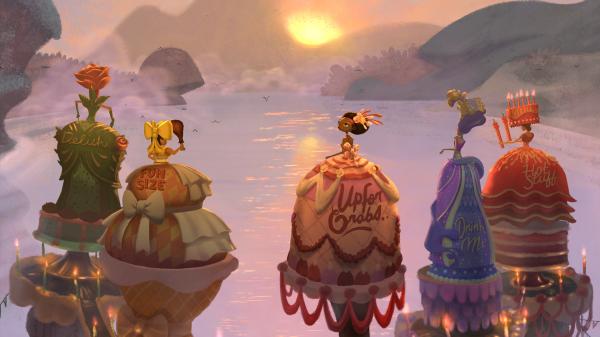
Schafer’s narrative is one that has plenty of meaning driving it, and there’s wit and heart around every corner. Each character, no matter how minor, has a distinctive personality and enjoyable dialogue, making the game feel like a celebration of people in all their variety. It’s frequently funny, too, whether from the histrionics of Shay’s high-pitched talking plushies or a knowing response from trying to combine a couple of random items. The script feels like a return to 1998 in the best way possible with today’s dour, cinema-styled protagonists traded for quality writing, and with a humour that feels absent from the modern gaming landscape.
It’s also great that the story puts women and people of colour in prominent roles. This never feels pointed or like token representation, but just a natural reflection of the world in which we live. Schafer’s creation feels full of a range of different people with different behaviours, and perhaps this is also a logical outcome of the nature of adventure games. Adventure games are made much more compelling, as per life, when there’s variety in the people you meet. However, there’s also undoubtedly credit due to Schafer, who clearly has plenty of natural curiosity, his previous adventure being one of video gaming’s first major portrayals of the Day of the Dead.
But whilst there are plenty of things that carry on from Schafer and Double Fine's illustrious history, this is a uniquely beautiful game. Its slightly abstract 2D characters and environments are stunning to look at, being rich in colour, detail, and energy. It probably feels more alive than a 3D counterpart. The success here in creating a vibrant, living world surely must have fed into Ron Gilbert’s decision to give a similar style to 2022’s near-universally praised The Return to Monkey Island.
Production values are largely very high for the game, and one of the particularly obvious areas is the starry voice cast. They integrate easily into the game, though, and feel like voice actors first and celebrities second. It’s a testament to the respect that Double Fine has for their own work and that the actors working with them share, for the game not to bend around actors like Elijah Wood and Jack Black. Having such big names involved in such a professional project, though, lends an extra bit of credibility to gaming for people on the industry’s edge. One of the biggest upcoming adventures this year is Open Roads, and it seems unlikely it’d have Hollywood names like Kaitlyn Dever and Keri Russell without this showcase of how well it can work.

Of course, it can’t be ignored that Broken Age is literally a game of two halves. We’re marking the 10th anniversary of the first act, as the second dropped a year later, with the latter, unfortunately, being received less favourably. Wit and charm still flow throughout all of the game, but its back half reuses assets, doesn’t move the narrative much, and is bogged down by illogical puzzling. Perhaps most unflattering is that transition from amusing, simple puzzles to opaque ones. It feels like a slip backwards from a modern point-and-click to the frustration that marred some of the genre’s heyday. Together these issues feel like a game retracing its steps because of the disappearing budget, which was undoubtedly an extra source of frustration for backers.
The apparent controversy surrounding Broken Age is simply the result of being a Kickstarter project, and gamers investing not just their expectations but also their own hard-earned cash. Various aspects rankled, from Monkey Island head honcho Ron Gilbert leaving Double Fine, to the variable quality of the end product. Many of these issues would normally be hidden behind closed doors, however, leaving the developers not just struggling with this unique form of funding but how to deal with fans feeling semi-legitimate anger. It’s clear that development could have been handled differently, yet the level of criticism aimed at the team doesn’t feel fair given the challenges they faced.
Ten years on, the drama of the game’s development seems mostly historic. It’s a game with flaws, sure, but this feels like a minor note when there’s so much charm, a compelling story, and a genuinely unforgettable cast of characters. It begs to be replayed and appreciated more than once. Its optimistic view of young people – and everyone’s potential to pull together – is a message that can’t be stressed enough in uncertain times. Most of all, the hardworking team behind it is worthy of recognition for the AAA quality work they put in despite a budget dwarfed by the industry’s biggest names. Broken Age now deserves to be appreciated for its many merits and the fire in its belly that still powers the industry today.


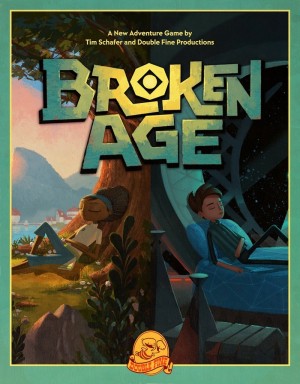
_capsule_fog__medium.png)








